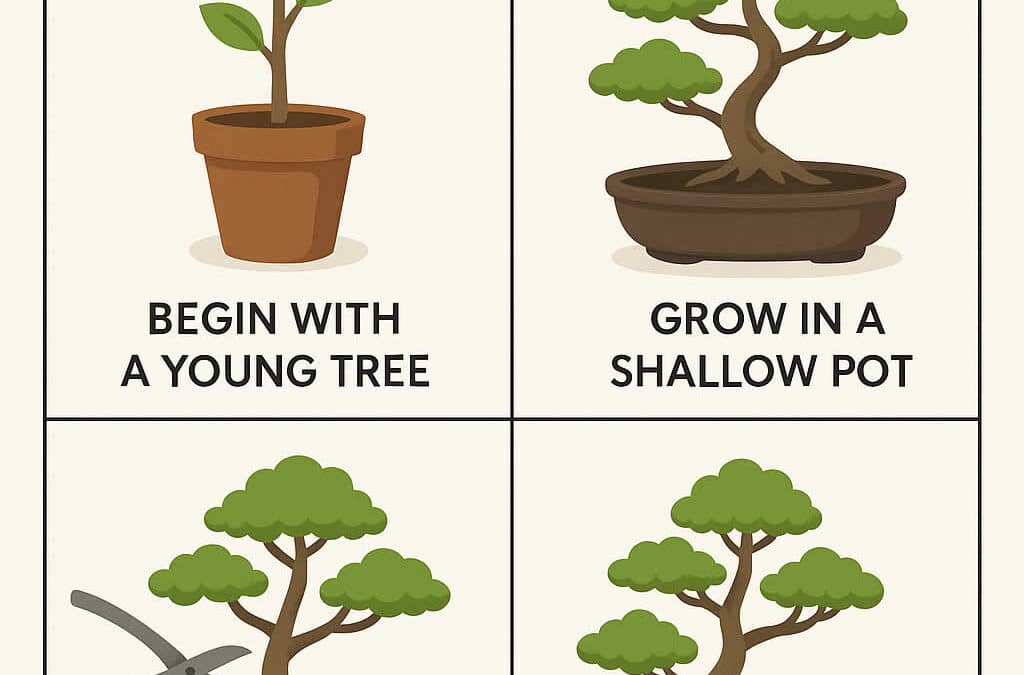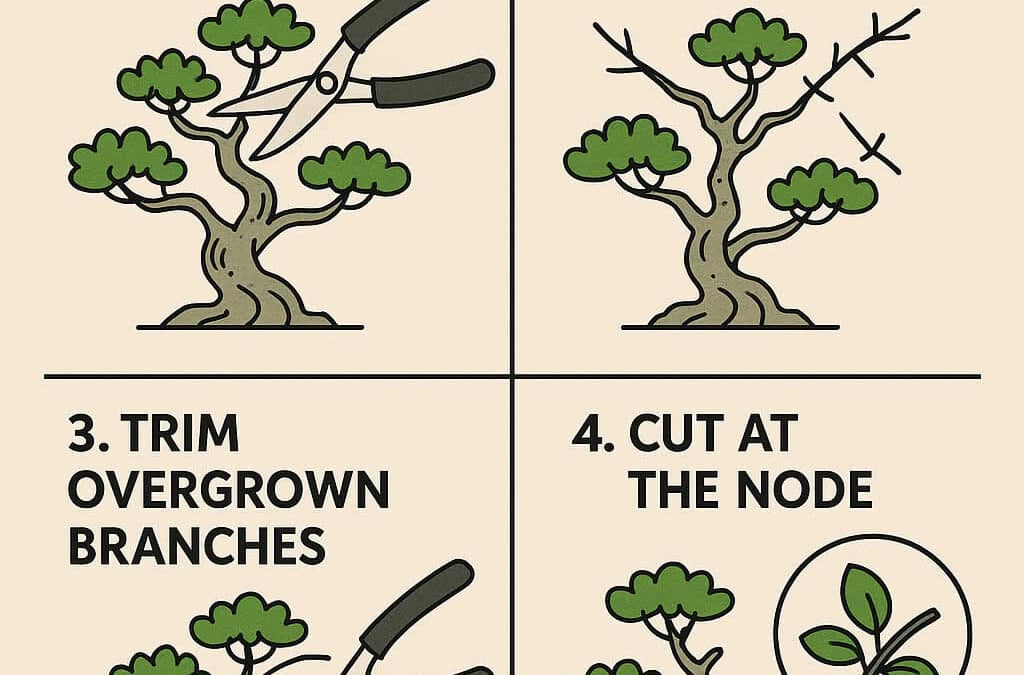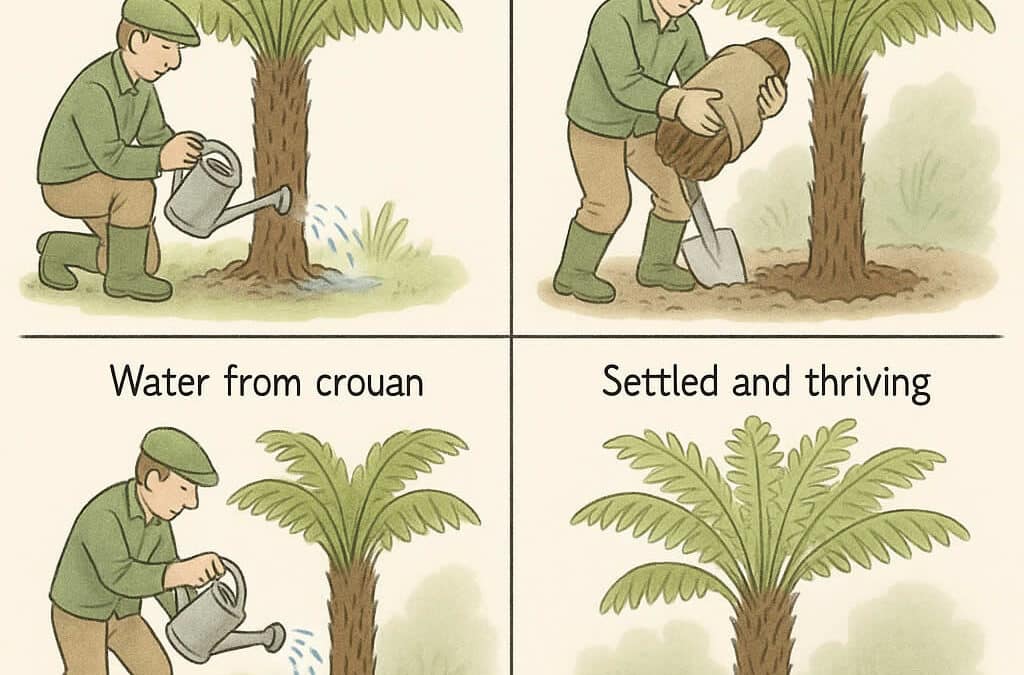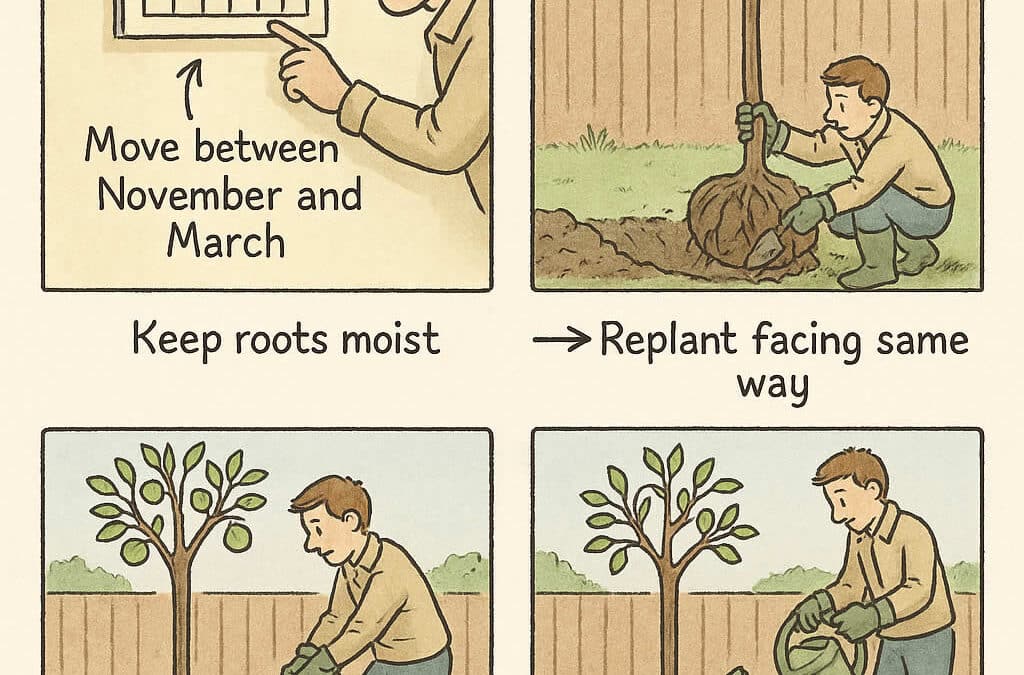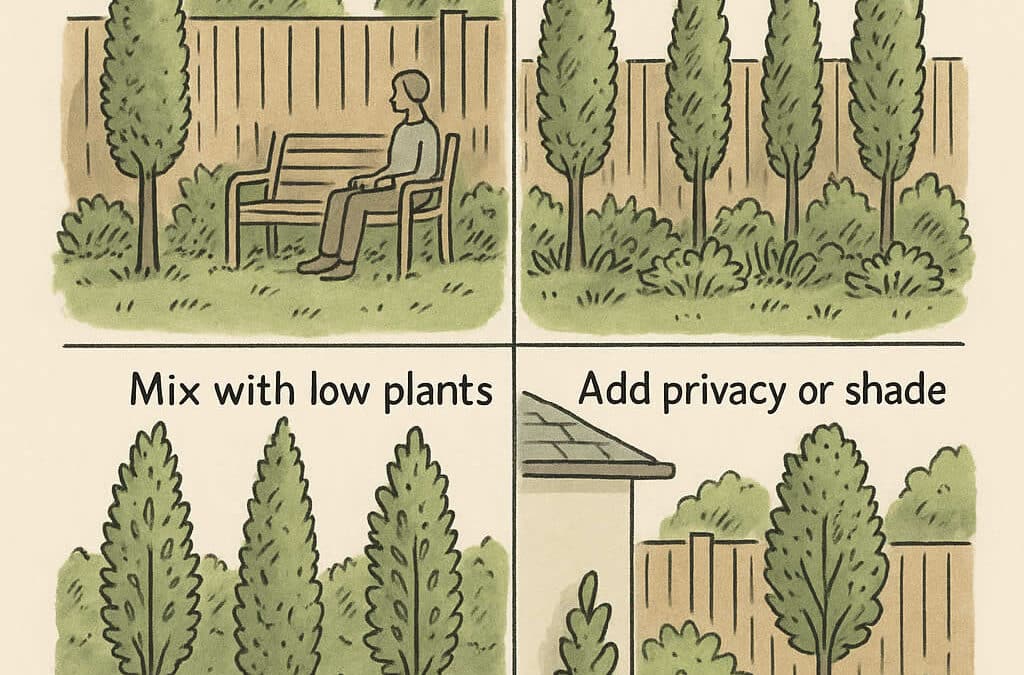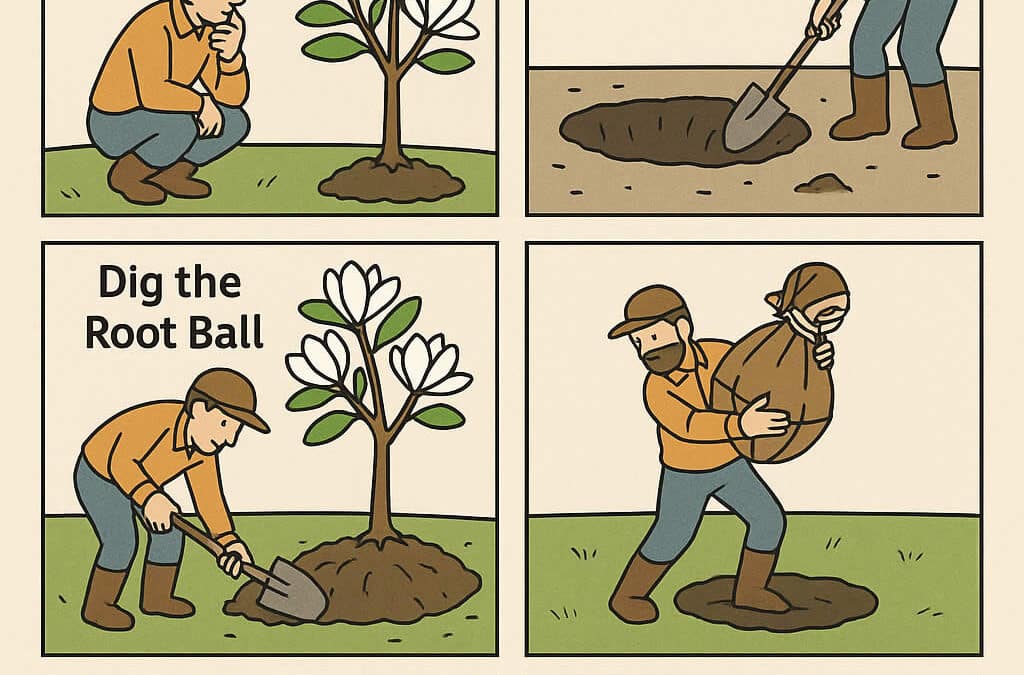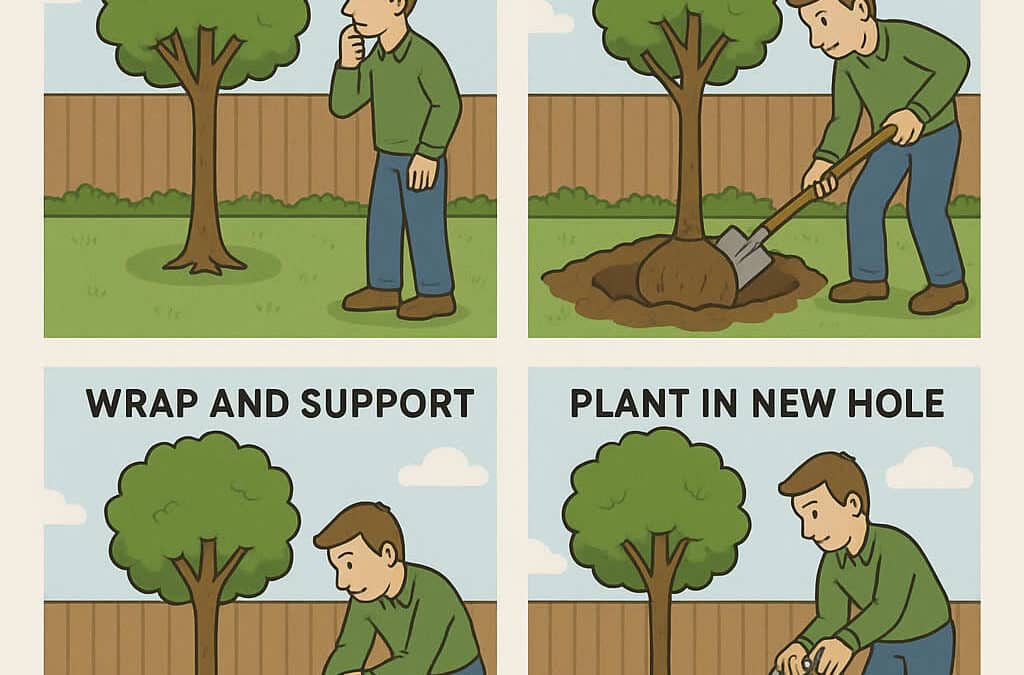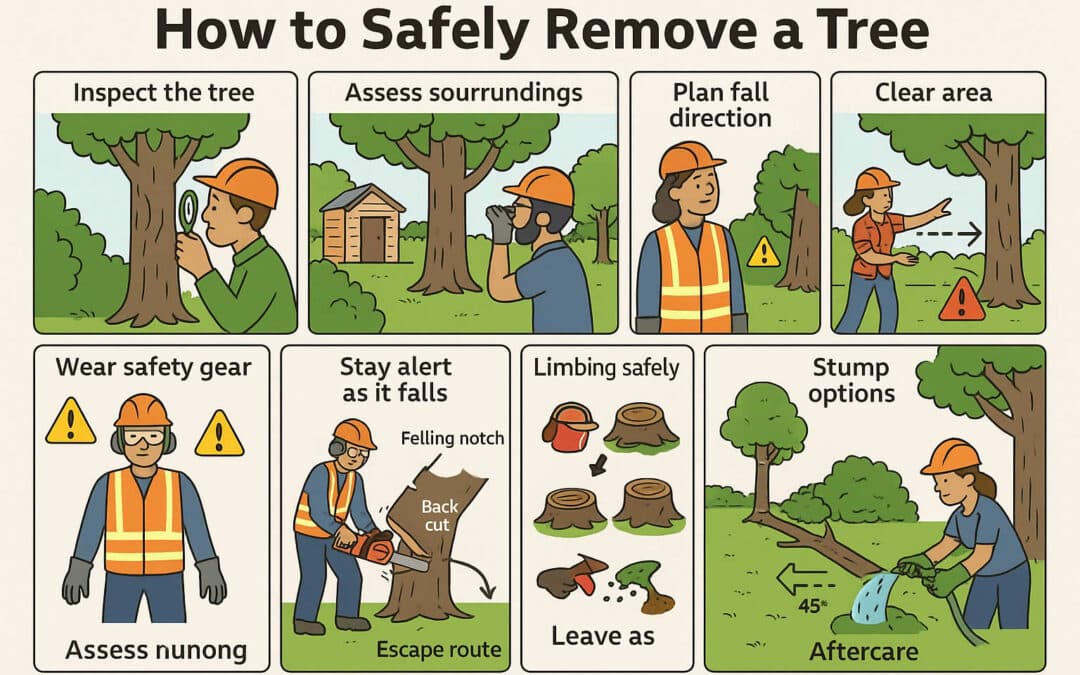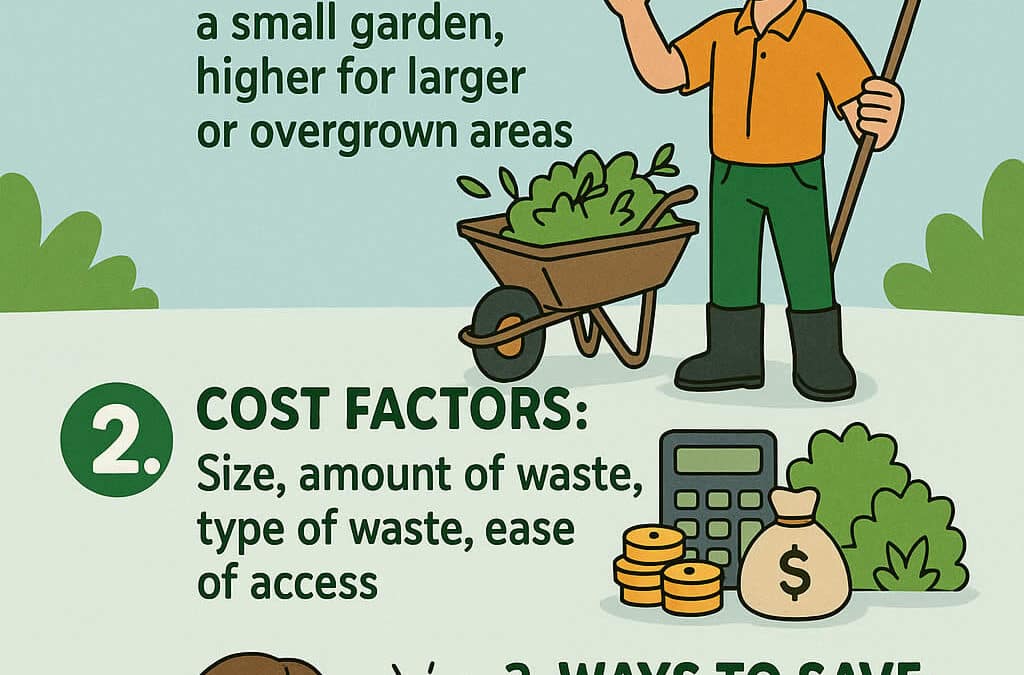Of all the questions we encounter, this is undoubtedly one of the most popular. Many people are curious about tree surgeons’ techniques to scale impressive heights safely and efficiently. While some imagine we rely solely on mechanical aids such as cherrypickers, others envision us climbing freely, much like we did as children.
The actual situation falls in the middle. While they occasionally climb without additional tools or use mechanical lifts for specific scenarios, most of our tree-climbing efforts involve a carefully planned, professional approach.
How do Tree Surgeons Climb Trees?
Tree surgeons might not rely on cherrypickers to ascend the towering heights of mature trees, but their climbing techniques and equipment are incredibly sophisticated and safe. Using tools and techniques reminiscent of those employed by mountaineers, tree surgeons utilise advanced rope systems to ascend and descend trees with precision and efficiency. Here’s a closer look at the two primary climbing methods they use:
Moving Rope System (MRS)
Also referred to as the Double Rope Technique (DRT), the Moving Rope System involves an adjustable loop of rope that allows the tree surgeon to ascend and descend with relative ease.
- How It Works: The surgeon ties the rope around the tree and attaches it to their harness, creating a pulley system. For every meter they climb, two meters of rope must be moved.
- Key Advantage: MRS significantly reduces physical exertion as it only requires you to lift half your body weight, making it an excellent choice for longer tasks requiring multiple ascents.
- Key Consideration: While the physical effort is reduced, this technique requires managing double the rope, which can be time-consuming to handle.
Stationary Rope System (SRS)
Sometimes called the Single Rope Technique (SRT), the Stationary Rope System uses a single, anchored rope that does not move with the climber.
- How It Works: The end of the rope is anchored either at the base (basal anchor) or the top of the tree (canopy anchor). If a basal anchor is used, the rope must also pass through a specific branch junction before ascending. The climber uses specialised equipment to move along the stationary rope.
- Key Advantage: SRS enables faster ascents as the climber does not need to handle double the length of rope like with MRS.
- Key Consideration: This method requires the climber to lift their entire body weight, making it more physically taxing than MRS. It is best suited for shorter, more direct ascents or physically strong climbers.
Safety is Paramount
Safety is always the top priority, regardless of tree surgeon’s technique. Every piece of equipment, from harnesses to carabiners, is meticulously inspected before each climb. A methodical approach ensures both efficiency and the well-being of the climber throughout the job.
Tree climbing for arboricultural purposes is an invaluable skill that requires specialised training and expertise. Whether using an MRS or SRS, tree surgeons rely on their advanced knowledge and high-quality equipment to carry out their work effectively and safely.
How Do Tree Surgeons Climb Trees in Bad Weather?
This question highlights an important consideration for professional tree surgeons. The truth is, in terrible weather, the answer is simple: we don’t climb trees at all. Safety comes first, and weather conditions play a critical role in determining whether tree-climbing operations can proceed.
Light Showers and Moderate Winds
Tree surgeons are trained to continue their duties in less-than-perfect weather, such as light rain or moderate winds. The specialised equipment used, such as harnesses, ropes, and ascenders, is designed to support them safely in varying conditions. Additionally, these professionals undergo thorough training to maintain balance and control even when conditions aren’t ideal.
Severe Weather Conditions
However, when conditions become perilously windy or excessively wet, operations come to a halt. High winds can destabilise trees, while heavy rain increases the risk of slipping and creates hazardous working conditions. Responsible professionals ensure they remain firmly grounded during such weather conditions. Attempting to climb trees under these circumstances would pose significant risks to the tree surgeon’s safety and others in the surrounding area.
Tree care is a highly skilled profession requiring a deep understanding of safety practices. At the end of the day, no tree project is worth compromising safety. Responsible judgment ensures that tree surgeons can deliver their expertise under appropriately safe conditions.
What is the Doubled Rope Technique?
The Doubled Rope Technique (DdRT), also referred to as Moving Rope System (MRS), is a widely used method in tree climbing and arboriculture. This technique involves looping a climbing line over a crotch (a branch union) so that both legs of the line hang parallel and descend to the ground without any branches obstructing them. It is favoured for its simplicity, safety, and efficiency it offers climbers when ascending or performing tree work.
Key Features of the Doubled Rope Technique:
- Parallel Lines: The climbing rope is doubled over a branch union, creating two parallel lines that provide stability and support.
- Ground Reach: Both ends of the rope hang down to the ground unobstructed, which is essential for ease of access and safety.
Dynamic Doubled Rope Technique:
A specific approach within the general DdRT system is the dynamic Doubled Rope Technique. This method introduces motion to both legs of the line, whereby one leg of the rope moves up as the other moves down during the climber’s ascent or descent. This dynamic movement allows for smoother operation and can reduce wear on the rope and anchor points.
By utilising the DdRT system, climbers benefit from enhanced control and flexibility, making it a preferred choice for various applications, including tree pruning, canopy access, and rigging operations. Its simplicity makes it a reliable option for tree care professionals and recreational climbers.
Are you looking for a Tree Surgeon in Wolverhampton or other areas? Fill out our form for a free quote.
Tree Surgeon Gospel Ash – Tree Surgeon Gospel End – Tree Surgeon Stourbridge


